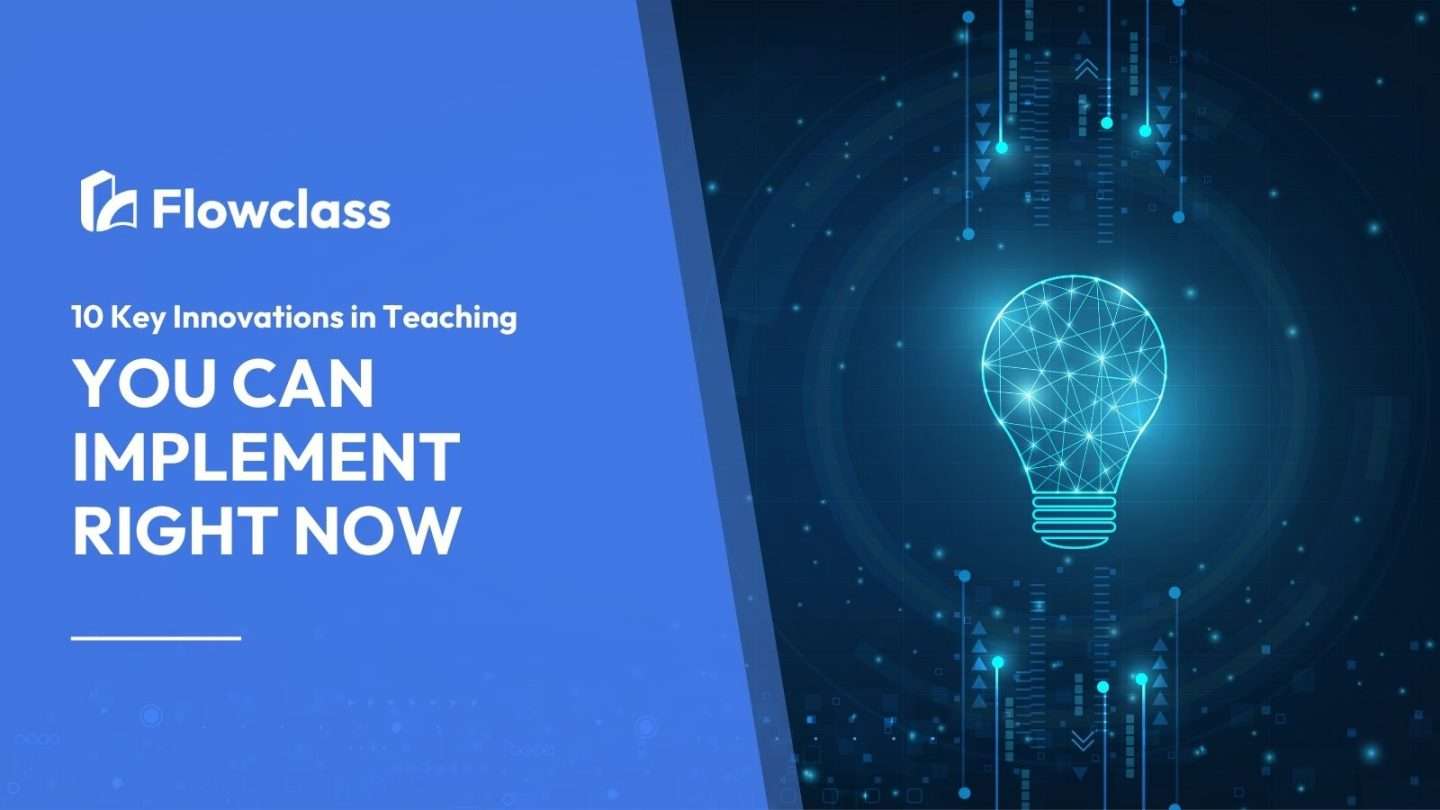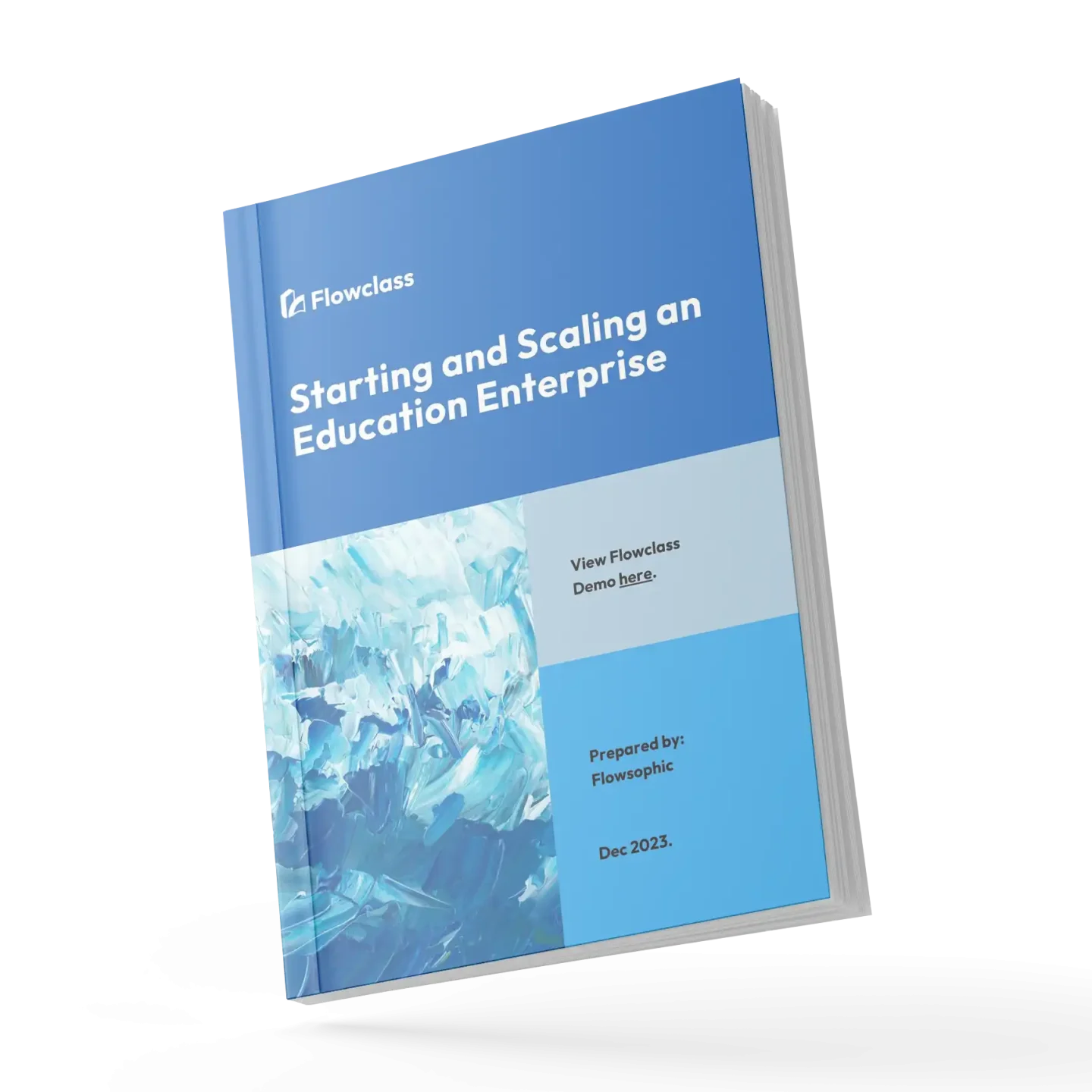In today’s fast-changing world, education systems must adapt to meet the needs of modern students. Classrooms are no longer confined to traditional rows of desks and chalkboards. With the advent of new technologies and teaching methods, education has taken a giant leap forward. Innovations in teaching are helping educators engage students more effectively, deliver lessons in more meaningful ways, and foster critical thinking skills that last a lifetime.
These innovations include the integration of technology, personalized learning experiences, and revolutionary changes to the way teachers deliver content. The goal is not just to improve academic performance but to make learning more accessible, inclusive, and enjoyable for every student.
In this blog, we will explore 10 key innovations in teaching that are shaping the future of education. Whether you are an educator, a parent, or simply interested in the evolving world of education, these strategies offer valuable insights and practical applications that can benefit learners of all ages.
1. Personalized Learning: Meeting Individual Student Needs
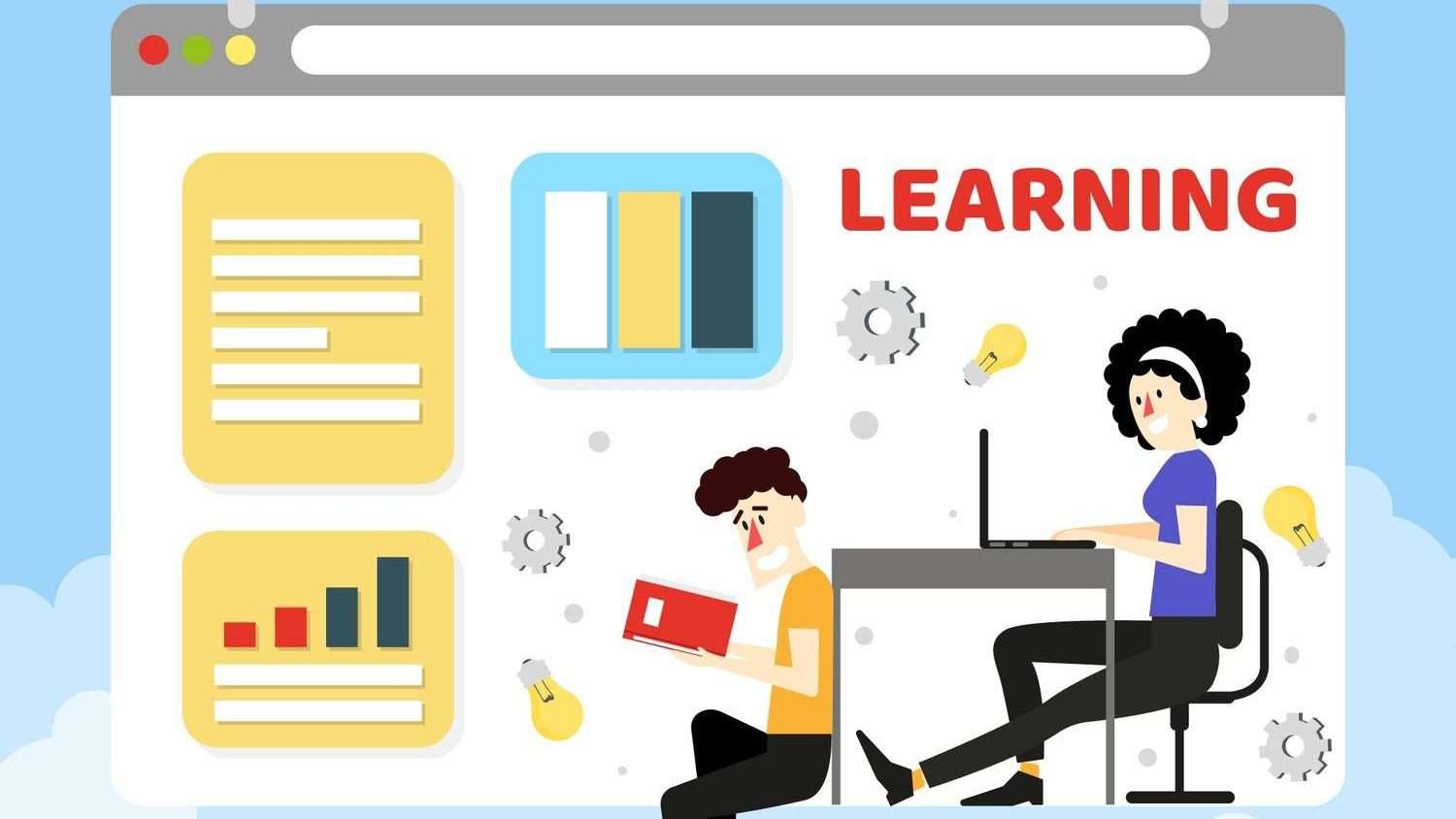
One of the most transformative innovations in teaching is personalized learning. Traditional classrooms often adopt a one-size-fits-all approach, which doesn’t work for every student. Personalized learning, however, allows teachers to tailor the educational experience to meet each student’s unique needs, strengths, and learning styles.
What is personalized learning?
Personalized learning leverages technology and data to create customized learning paths for students. By using adaptive learning platforms and assessment tools, teachers can design lessons that adjust to a student’s pace and ability level. For example, if a student excels in math but struggles with reading comprehension, the system will provide more challenging math exercises while offering additional support in reading.
Khan Academy is a widely used platform that offers personalized learning experiences. Students can access a variety of subjects, and the platform adapts to their progress. If a student struggles with a concept, the system will provide additional practice problems, videos, and hints to help them understand the material. In classrooms that use Khan Academy, teachers can monitor each student’s progress and provide targeted help where needed.
Why it works:
Personalized learning empowers students to take control of their education. It allows them to move at their own pace, which reduces frustration and increases engagement. Students who might have struggled in traditional classrooms now have the opportunity to succeed because the lessons are customized for their abilities.
2. Flipped Classrooms: Reversing the Learning Model
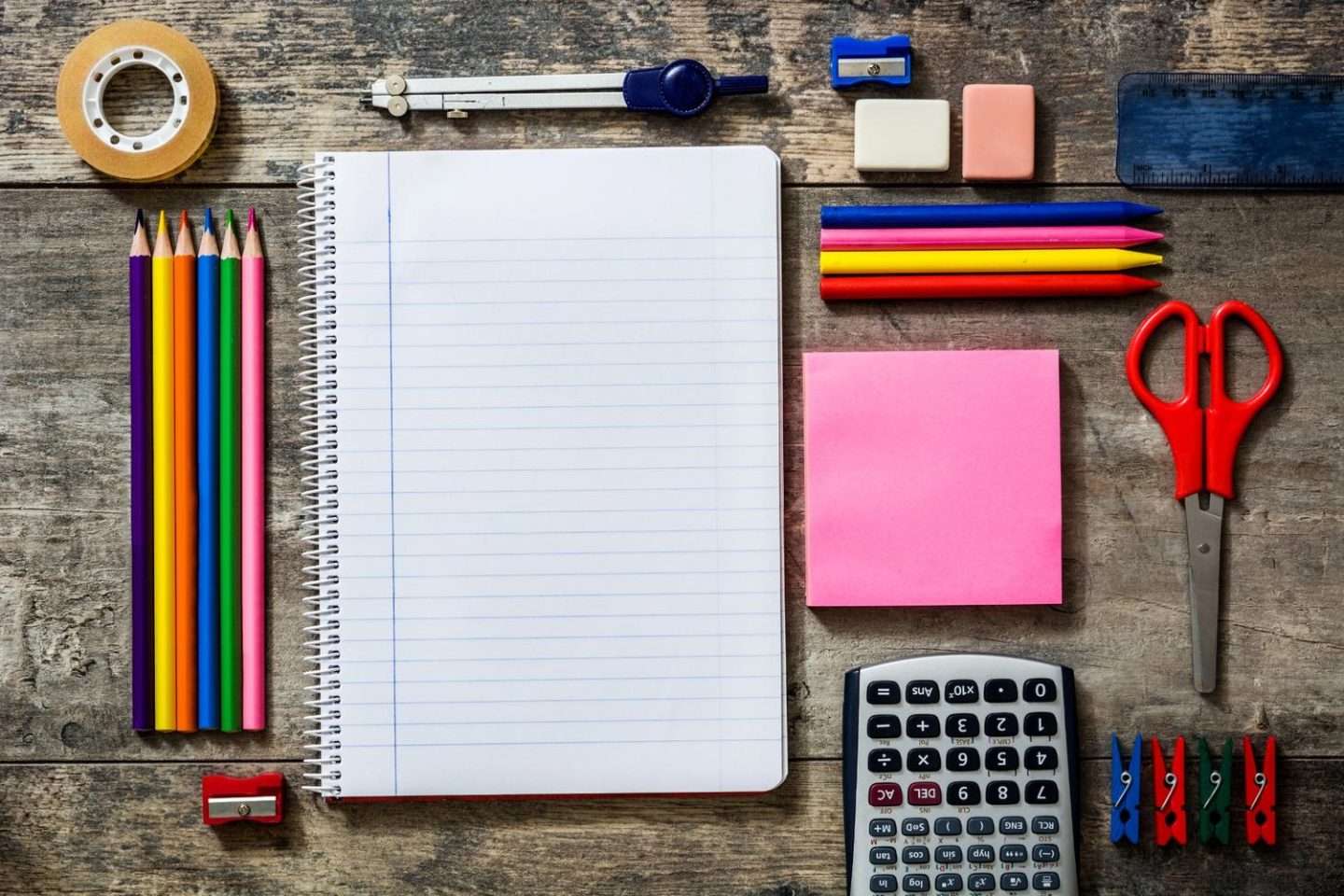
Another innovative teaching method is the flipped classroom. Traditionally, students are introduced to new material during class and then complete homework to reinforce what they’ve learned. In a flipped classroom, this process is reversed. Students first engage with new content outside of class—often through videos, readings, or interactive modules—and then come to class ready to apply this knowledge in collaborative exercises or discussions.
How it works:
Instead of spending class time on lectures, teachers use that time to engage students in hands-on activities, problem-solving tasks, or group discussions. This approach allows for deeper understanding and more personalized support. Students who might have questions or need clarification can get immediate help from their teacher or peers.
A high school chemistry teacher might assign a video lesson on chemical reactions for students to watch at home. When students arrive in class, they work in groups to conduct an experiment that illustrates the concepts from the video. The teacher can circulate the room, answering questions and guiding students through the practical application of the lesson.
Why it works:
The flipped classroom model encourages students to take responsibility for their learning. It also allows for more interactive and engaging classroom sessions where students can collaborate and apply what they’ve learned. This method has been shown to improve student understanding, retention, and performance across various subjects.
3. Gamification: Turning Learning into a Game
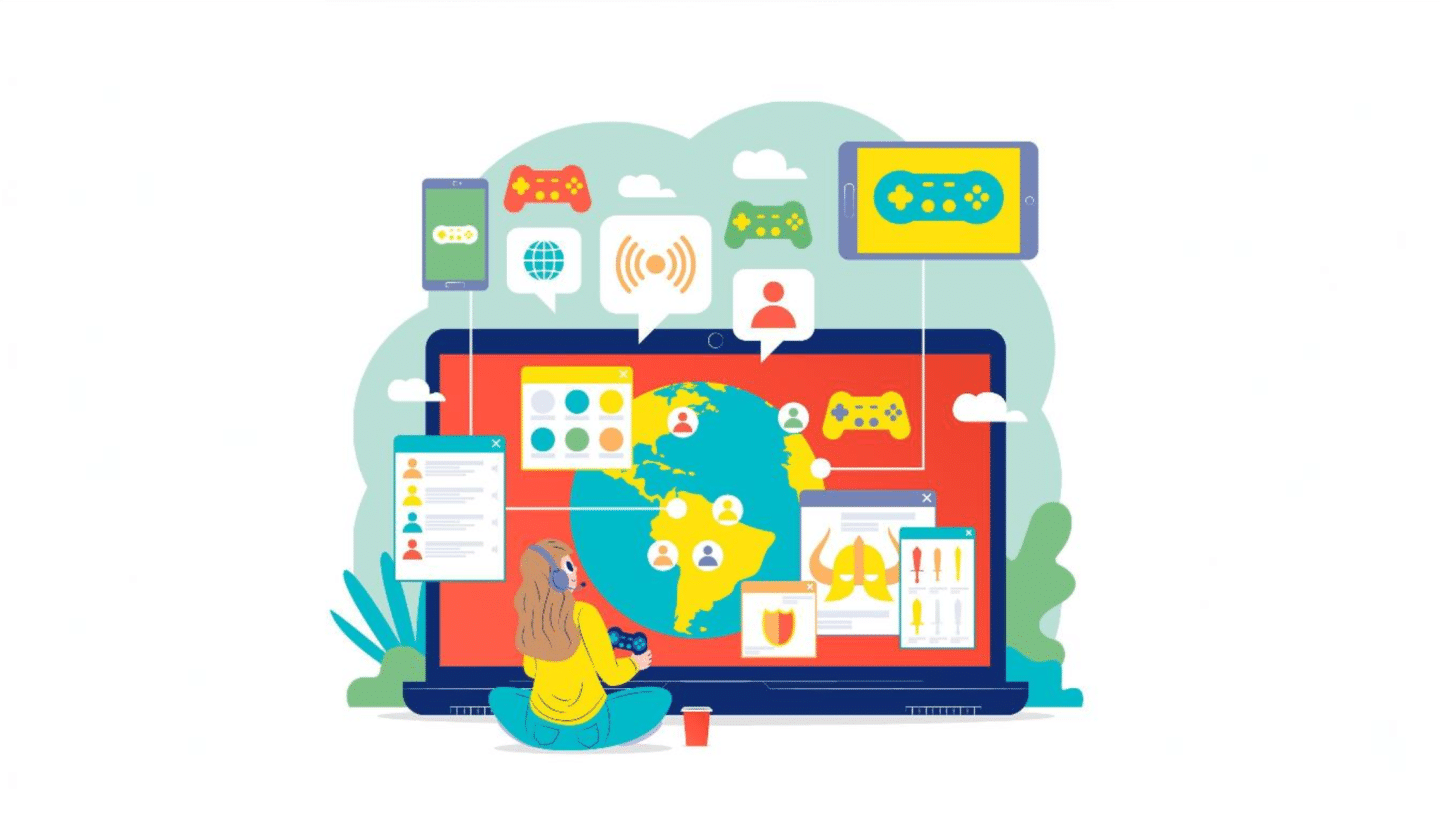
Gamification is one of the most exciting innovations in teaching. By incorporating game-like elements into the learning process, educators can make lessons more engaging and fun. Gamification involves using points, badges, leaderboards, and rewards to motivate students to complete tasks and achieve goals.
Benefits of gamification:
Games tap into students’ natural desire for competition and achievement. By offering rewards for completing tasks or mastering concepts, teachers can encourage students to stay focused and motivated. Gamification also provides immediate feedback, which helps students understand their progress and areas for improvement.
Classcraft is a popular platform that gamifies the classroom experience. Students create avatars and earn points by completing assignments, participating in class discussions, and helping their peers. Teachers can also create team challenges, where students must work together to solve problems or complete projects. As students progress, they unlock new abilities and rewards, keeping them engaged throughout the learning process.
Why it works:
Gamification transforms the learning process into something that feels less like work and more like play. This approach is particularly effective for younger students or those who struggle with traditional classroom methods. By making learning fun and rewarding, gamification increases student engagement and improves learning outcomes.
4. Project-Based Learning: Real-World Applications in the Classroom
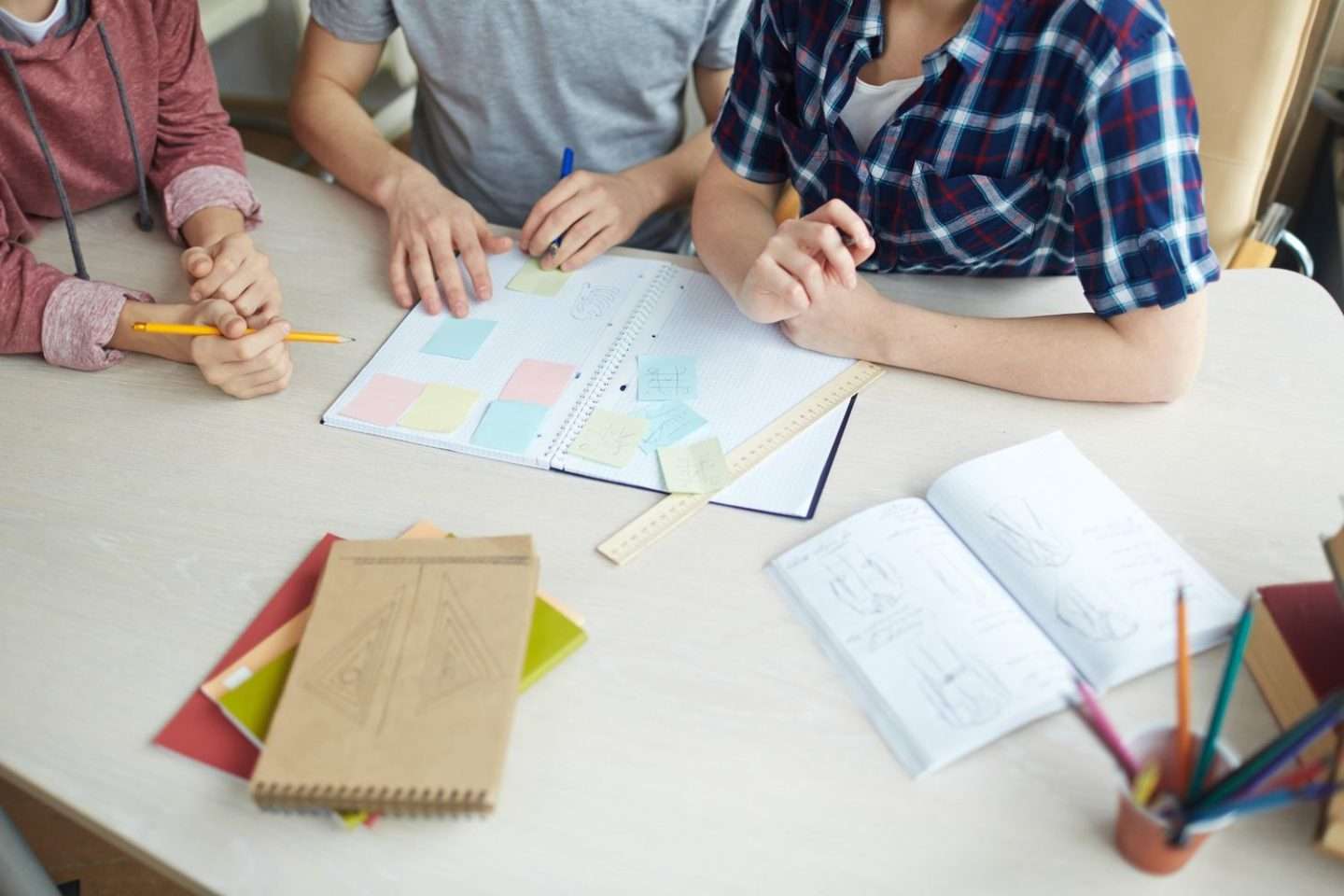
Project-based learning (PBL) is a teaching method that encourages students to explore real-world problems and challenges. Instead of merely memorizing facts, students actively participate in hands-on projects that require critical thinking, creativity, and collaboration.
How it works:
In PBL, students are given a problem or challenge to solve. They must research, design, and implement solutions, often working in groups. This approach allows students to apply what they’ve learned in meaningful ways and see the relevance of their education to real-world situations.
A middle school science class studying the environment might be tasked with designing a sustainable garden for their school. Students would have to research plant species, climate conditions, and soil types to create a plan. They would then present their findings to the class and work together to build the garden. This type of project integrates science, math, and communication skills.
Why it works:
Project-based learning encourages students to think critically and solve problems. It also provides opportunities for collaboration, which helps build communication and teamwork skills. Students who engage in PBL are more likely to retain what they’ve learned because they see how it applies to the real world.
5. Collaborative Learning: Learning Together for Better Results
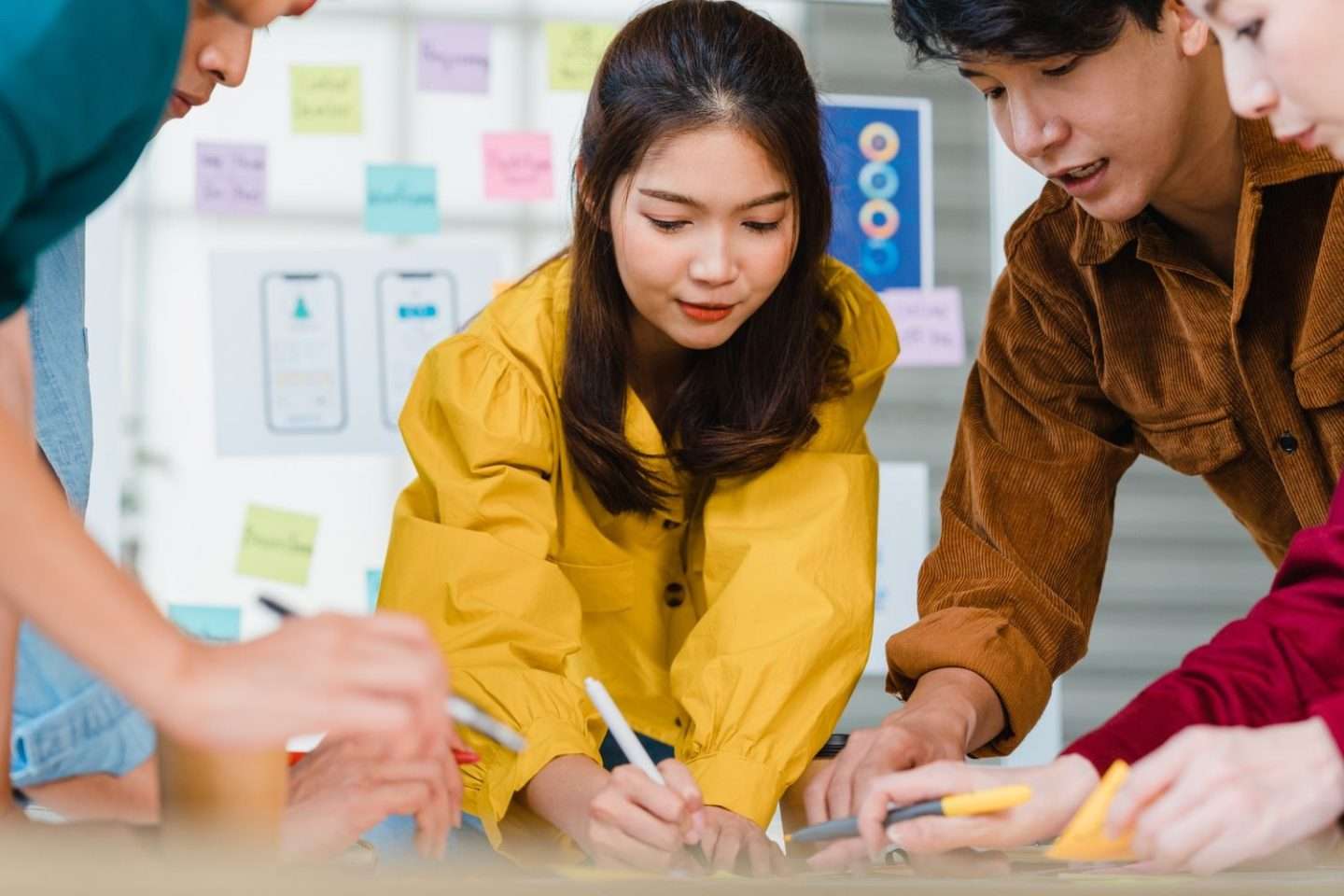
Collaborative learning is another powerful innovation in teaching that emphasizes the importance of peer interaction. Instead of working alone, students collaborate with their classmates to complete assignments, solve problems, or discuss concepts.
How it works:
In collaborative learning environments, students are often placed in small groups to work on a task or project. Each group member is responsible for contributing to the final outcome, and students learn from each other by sharing ideas and perspectives.
In a literature class, students might be assigned to read a novel and then work in groups to analyze the themes, characters, and plot. Each student would contribute their thoughts, and the group would create a presentation to share with the class. This approach encourages students to engage with the material in a deeper way and helps them develop critical thinking and communication skills.
Why it works:
Collaborative learning helps students learn from each other. It builds social skills and fosters a sense of community within the classroom. Additionally, students who work in groups are more likely to stay engaged and motivated because they are accountable to their peers.
6. Virtual Reality (VR): Immersive Learning Experiences
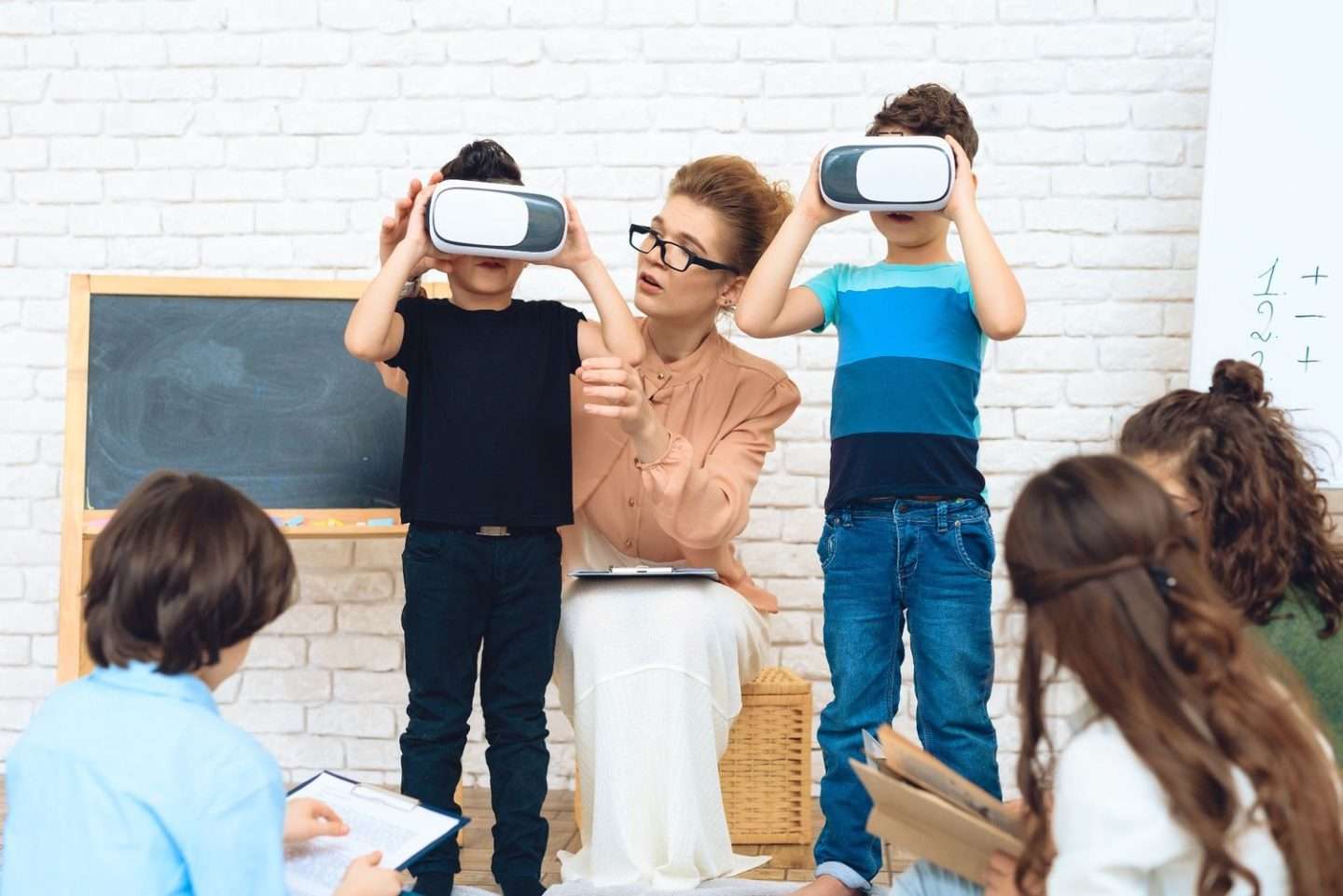
Virtual reality is one of the most futuristic innovations in teaching. With VR, students can be transported to different places and times, providing immersive learning experiences that go beyond the traditional classroom.
How it works:
VR uses headsets and 3D environments to create immersive simulations. Students can explore historical events, visit distant countries, or interact with complex scientific models in ways that would be impossible in a traditional classroom.
A history teacher might use VR to take students on a virtual tour of ancient Egypt. Students could explore the pyramids, walk through the streets of ancient cities, and interact with artifacts. This type of immersive experience helps students engage with the material in a more meaningful way.
Why it works:
Virtual reality makes abstract concepts easier to understand by allowing students to visualize and interact with them. It also appeals to different learning styles, making it a versatile tool in education. Students who may struggle with traditional teaching methods often find VR lessons more engaging and enjoyable.
7. AI-Powered Teaching Assistants: Automating Routine Tasks

Artificial intelligence (AI) is transforming education by automating routine tasks and providing personalized support to students. AI-powered teaching assistants can grade assignments, track student progress, and even provide feedback, allowing teachers more time to focus on meaningful interactions with students.
How it works:
AI systems can analyze student data to identify patterns and trends. For example, if a student consistently struggles with a particular type of math problem, the AI can alert the teacher and provide targeted resources to help the student improve. AI can also automate tasks like grading multiple-choice tests or tracking attendance, freeing up time for teachers to focus on instruction and student engagement.
EdTech platforms like Squirrel AI and Gradescope use AI to assist teachers with grading and feedback. Squirrel AI provides adaptive learning experiences, while Gradescope helps teachers quickly grade assignments and offer personalized feedback based on common errors or areas where students need improvement.
Why it works:
AI-powered teaching assistants save time and increase efficiency. Teachers can focus on building connections with students and delivering high-quality instruction, while AI handles administrative tasks in the background. Additionally, AI can provide students with personalized feedback that is tailored to their specific needs, improving academic outcomes.
8. Mobile Learning: Education on the Go
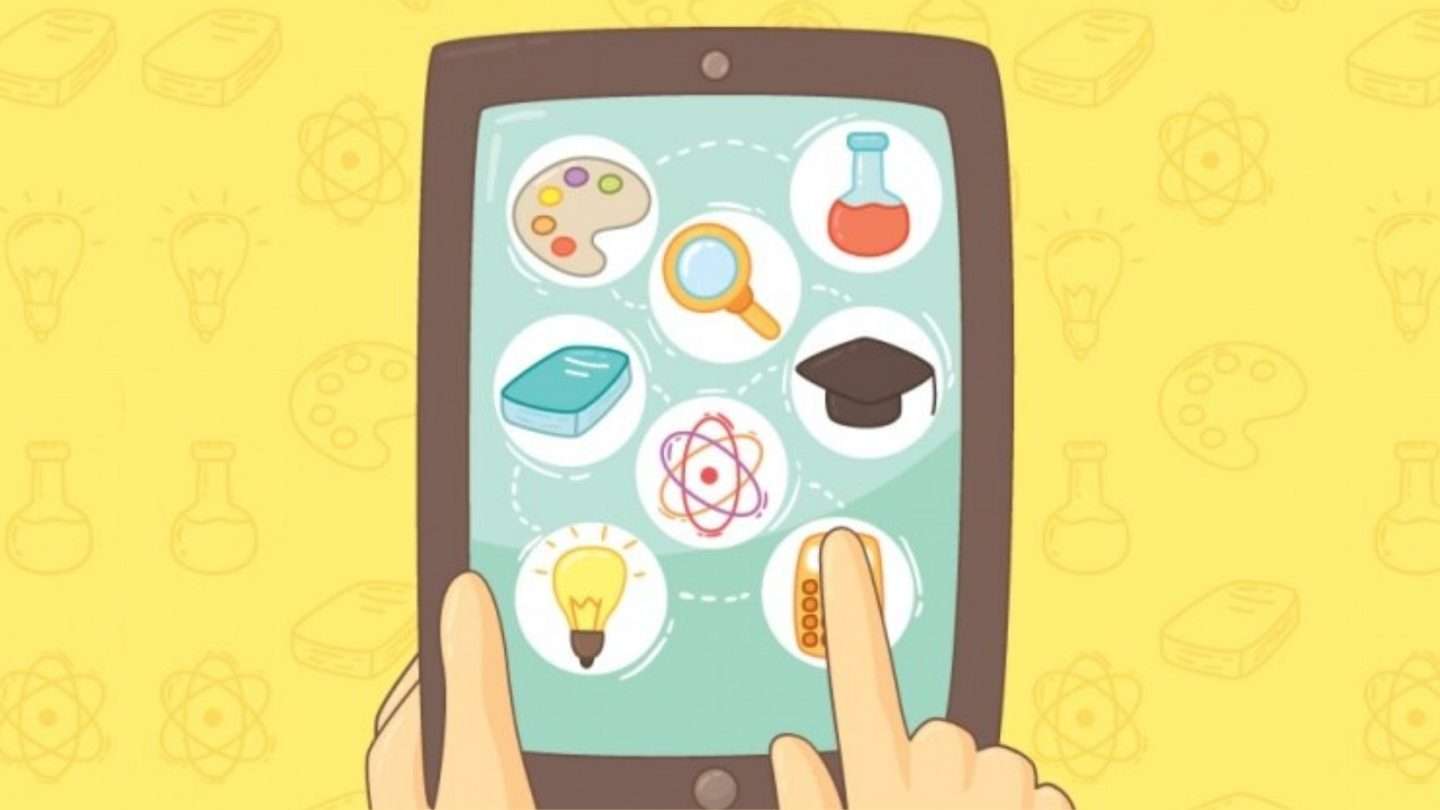
Mobile learning is another exciting innovation in teaching. With the rise of smartphones and tablets, students can now access educational content anytime, anywhere. Mobile apps offer lessons, practice exercises, and assessments that students can complete on their own time.
How it works:
Mobile learning allows students to engage with educational content outside the classroom. Whether they’re commuting to school, waiting for an appointment, or taking a break at home, students can use apps and mobile platforms to continue learning. These platforms often include interactive lessons, videos, quizzes, and games that reinforce key concepts.
Duolingo is a popular mobile app that helps students learn new languages. It offers short, interactive lessons that students can complete in just a few minutes. The app tracks their progress, offers feedback, and provides daily reminders to keep them motivated. This type of mobile learning is flexible and fits easily into students’ busy lives.
Why it works:
Mobile learning offers flexibility and accessibility. Students can learn at their own pace, review materials as needed, and fit learning into their schedules. This approach is particularly beneficial for students who have limited access to traditional classroom resources or who need extra practice outside of school hours.
9. Social Media as a Learning Tool
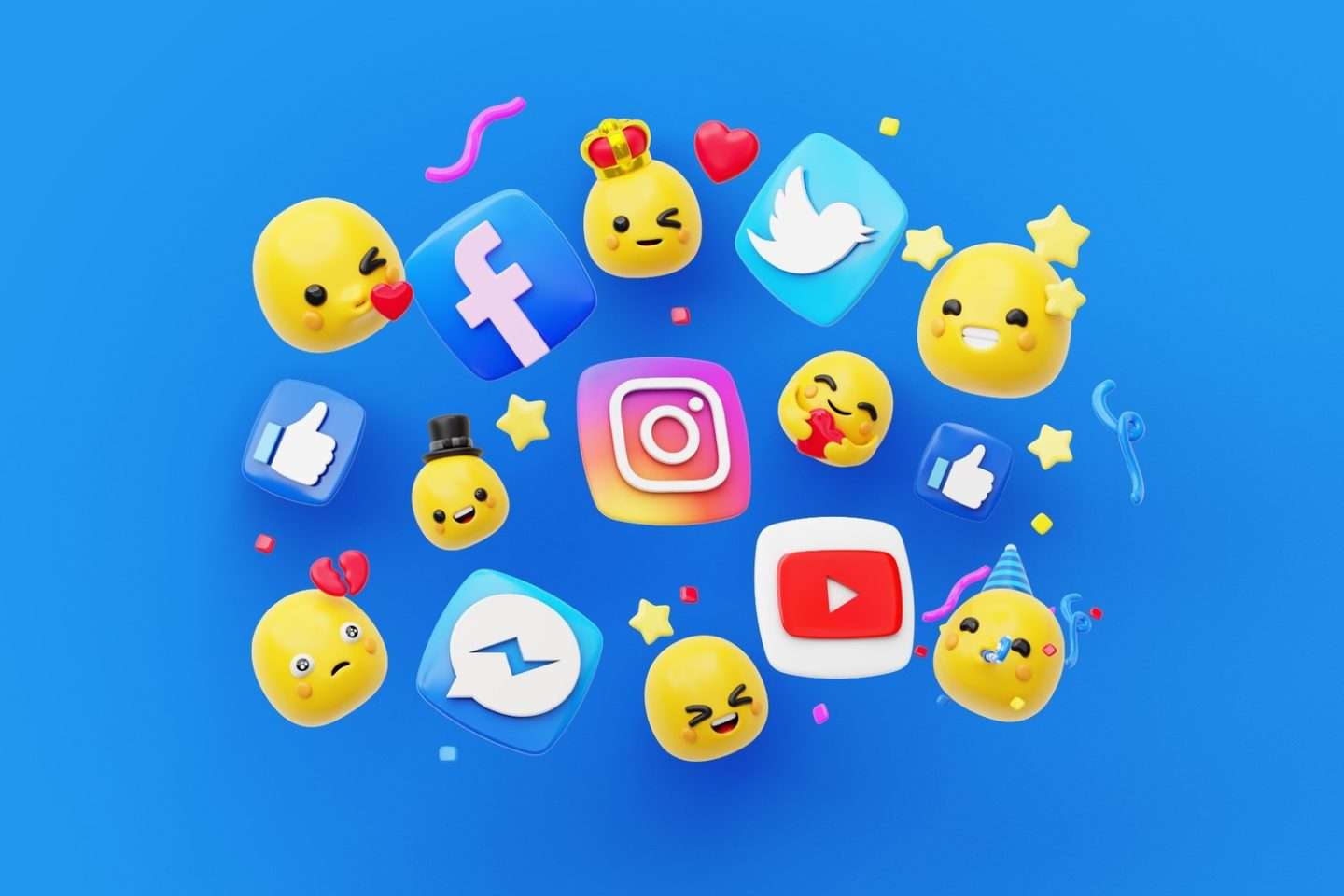
Social media is often viewed as a distraction in the classroom, but it can also be a powerful learning tool. Platforms like Twitter, Instagram, and YouTube can be used to share educational content, engage students in discussions, and create collaborative learning communities.
How it works:
Teachers can use social media to post updates, share resources, and encourage students to participate in class discussions. For example, a Twitter hashtag can be created for a specific lesson, allowing students to share their thoughts and ideas in real-time. Social media can also be used for collaborative projects, where students work together to create content, such as videos or presentations, to share with their peers.
A history teacher might assign students to create an Instagram account for a historical figure. Students would research the person’s life and achievements, then post images, quotes, and stories that reflect the figure’s contributions to history. This type of project encourages students to engage with the material in a creative and interactive way.
Why it works:
Social media allows students to collaborate and share ideas in a format they are already familiar with. It also provides opportunities for students to connect with peers and experts around the world, expanding their perspectives and knowledge. By integrating social media into the learning process, teachers can make lessons more relevant and engaging for today’s digital natives.
10. Microlearning: Small Chunks, Big Impact

Microlearning is an innovative teaching strategy that breaks lessons down into small, digestible chunks. Instead of overwhelming students with long lectures or dense materials, microlearning delivers information in short, manageable segments.
How it works:
Microlearning typically involves lessons that are 5-10 minutes long and focus on a single concept or skill. These lessons can be delivered through videos, quizzes, or interactive apps. Students can complete microlearning sessions quickly, making it easier to fit learning into their busy lives.
A teacher using a microlearning platform might assign a short video on the causes of World War I, followed by a quick quiz to reinforce the information. Students can complete the lesson in under 10 minutes, making it easier to stay focused and retain the material.
Why it works:
Microlearning is particularly effective in today’s fast-paced, digital world. Students have shorter attention spans and are often juggling multiple responsibilities. Microlearning allows them to engage with content in a way that fits their lifestyle. Additionally, microlearning helps improve retention by focusing on one concept at a time, making it easier for students to absorb and remember the information.
Conclusion
As education continues to evolve, so do the methods teachers use to engage students. Innovations in teaching are helping educators create more inclusive, accessible, and effective learning environments. From personalized learning to virtual reality, these innovations are transforming classrooms and preparing students for success in the modern world.
By embracing these innovations in teaching, educators can enhance the learning experience and ensure that students are equipped with the skills and knowledge they need to thrive. Whether you’re a teacher, parent, or student, these strategies offer exciting opportunities to improve education and make learning more meaningful.
References
- EdTech Magazine: Personalized Learning
- The Flipped Learning Network
- eLearning Industry: Gamification in Education
- Edutopia: Project-Based Learning
- Center for Teaching Innovation: Collaborative Learning
- EdTech Magazine: Virtual Reality in Education
- Forbes: AI in Education
- TeachThought: Mobile Learning
- Edutopia: Social Media in Education
- eLearning Industry: Microlearning Benefits

